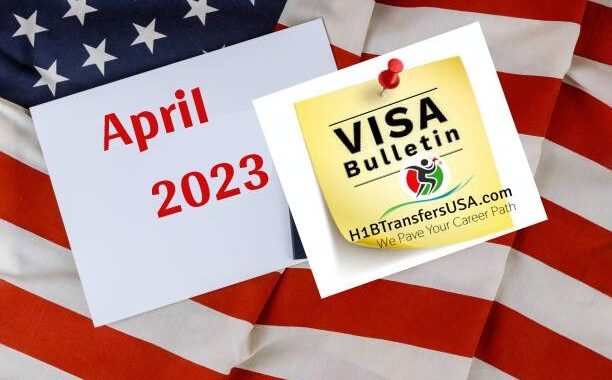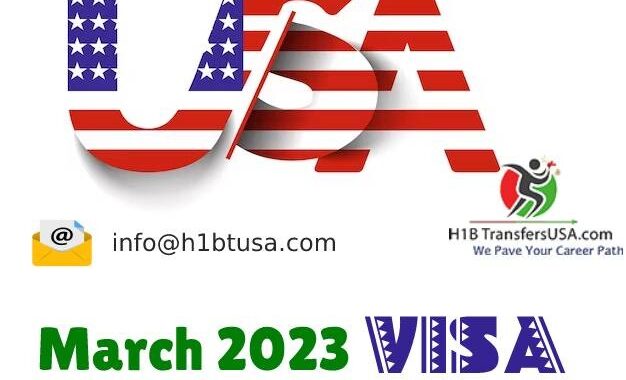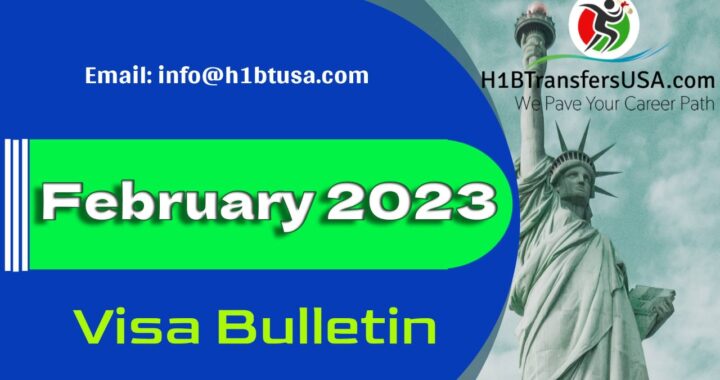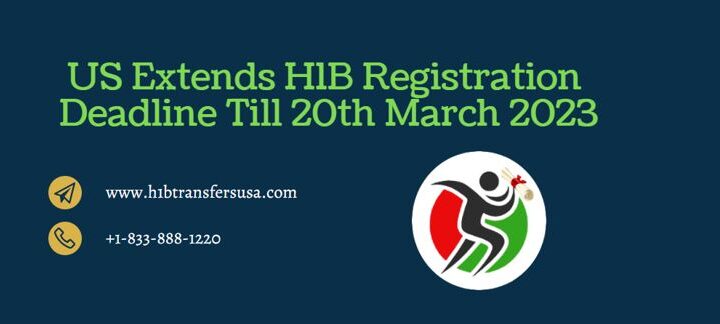Visa Bulletin October 2021 Predictions
3 min read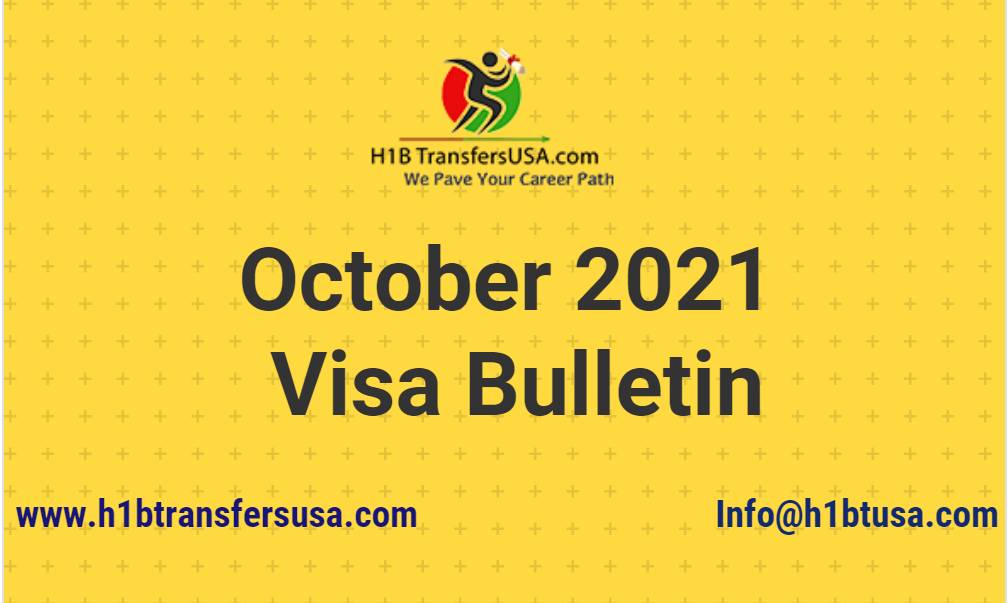
U.S. Department of State (DOS) published the October 2021 Visa Bulletin, which is the main visa bulletin for the fiscal year 2022. The current month’s visa bulletin also includes some short-term predictions. All cutoff dates listed refer to the dates in the final action chart (i.e., Chart A) except if in any case indicated. The U.S. Citizenship and Immigration Services (USCIS) has not yet demonstrated whether stakeholders will be able to use the dates for filings chart (i.e., Chart B) in October for purposes of applying for adjustment of status.
Employment-based adjustment of status filings with USCIS
In October, USCIS will accept adjustment applications based on the Dates for Filing chart. Which is the typical USCIS practice toward the beginning of another fiscal year. Since October 2021 marks the start of Fiscal Year 2022, it was expected that USCIS would accept employment-based adjustment of status applications. With a priority date that is earlier than the Dates for Filing listed in the October Visa Bulletin 2021. As it has done toward the start of past fiscal years. For the last several months as we neared the end of FY 2021, USCIS chose to use the Final Action Dates chart.
No Movement in Final Action Chart
The cutoff dates in the final action chart (i.e., Chart A) for both the employment and family-based categories stay unchanged from the September 2021 Visa Bulletin. There is no forward movement or retrogression. The main contrast in Chart A in the Visa Bulletin October 2021 compared with the earlier month is simply. The “certain religious workers” sub-category of the employment-based, fourth preference (EB4) category is listed as unavailable. This is important because the program is scheduled to expire on September 30, 2021. If the program is renewed, the cutoff dates for specific religious workers will be the same for each country as its respective EB4 cutoff dates.
Impact of consular operations challenges
Visa application backlogs combined with reduced consular tasks because of COVID-19 public health measures will continue to limit the issuance of immigrant visas by U.S. consulates abroad. Immigrant visa (IV) candidates who are no longer subject to the Trump-era immigrant ban may see their cases move forward. Yet should keep on expecting delays as most consulates are still at reduced capacity as they try to work through backlogs. Those recently denied under the IV ban should await further instruction from the U.S. consulate that handled their application.
October 2021 Visa Bulletin | Short-Term Predictions
The October 2021 Visa Bulletin includes predictions for visa availability for the “coming months”. Most of these predictions are steady with what had been recently shown. However, the predictions for the employment-based, third preference (EB3) category are stark. Different from what Charlie Oppenheim, Chief of the Visa Control and Reporting Division, predicted a few weeks ago.
[Biden’s Justice Department Argues to Keep H-1B Higher Wage Rule]
- The employment-based, first preference (EB1) category is expected to remain current for all nations of chargeability.
- For the employment-based, second preference (EB2) category, the cutoff dates for both China and India every month might move up by several months. This category is relied upon to stay current for any remaining nations of chargeability.
- EB3 Retrogressed Final Action Dates could be imposed for India and China as early as November 2021. Worldwide Final Action date cutoffs could be established as early as November 2021. These projections are a reversal from recent EB-3 predictions. Communicated by the State Department indicating retrogressions were unlikely to be imposed before the summer of 2022.
- For the employment-based, fourth preference (EB4) category, little-to-no movement is expected for El Salvador, Guatemala, Honduras, and Mexico. This category should remain current for any remaining nations of chargeability.
- For the employment-based, fifth preference (EB5) category, no forward movement is expected for China. This category is relied upon to stay current for any remaining nations of chargeability.

